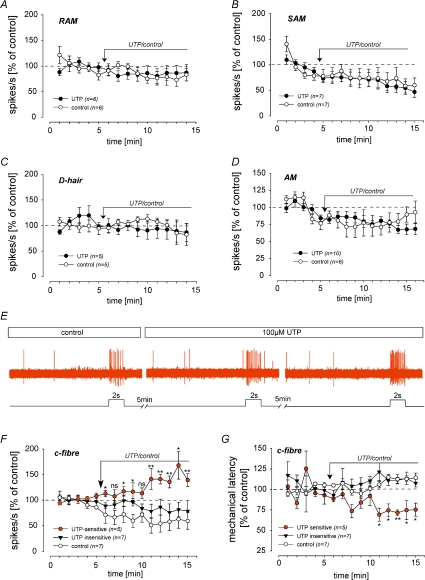Figure 5. UTP sensitises a subpopulation of cutaneous C-fibre nociceptors.
A–D and F, receptive fields of identified fibres were stimulated with a computer controlled mechanical stimulator for 2 s at 1 min intervals and UTP or buffer was applied after 5 min as indicated by the arrow. Mechanically induced activity was normalised to the mean spike rate obtained during the first three mechanical stimuli and is plotted as a function of time. Note, only a subpopulation of C-fibres (red circles, F) are sensitised in the presence of UTP (spike frequencies in the presence of UTP were compared with those of controls; ns, not significant; *P < 0.05; **P < 0.01; n= 5–7, Student's t test); in all other fibres mechanically induced activity decreased after repetitive stimulation both in controls and in UTP treated fibres. E, example trace of a UTP-sensitive C-fibre. G, mechanical latency (time from the onset of the mechanical stimulus until the first spike corrected for conduction delay) is plotted as a function of time. Note, in UTP-sensitive C-fibres (red circles) mechanical latencies (measured at stimuli 11–15) were reduced to ∼75% of control, which was significantly different from latencies in controls (white circles) and UTP-insensitive fibres (black triangles) measured at the same time points (n= 5–7, Mann–Whitney test, *P < 0.05, **P < 0.01).

